Which Yoga Is Right for You?
A guide to common styles, including Ashtanga, Bikram, Iyengar and Vinyasa.
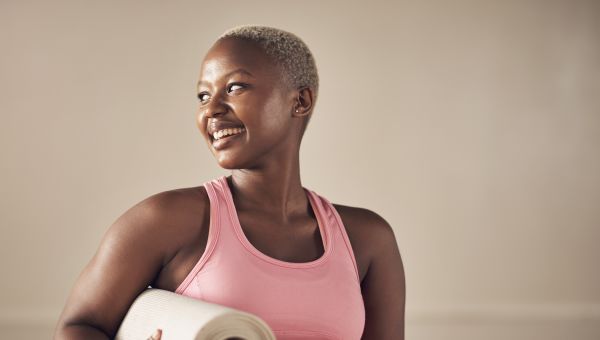
There are a dizzying number of yoga styles to choose—Bikram, vinyasa, Ashtanga, what’s that? Before you hit the mat, brush up on the styles of yoga, so you can choose a class that’s right for you.
As always, consult your doctor before you begin a new exercise regimen. If you’re pregnant, have heart troubles or have neck, spine or joint issues, be extra cautious. Tell the yoga instructor about any health concerns you have before class. There are modifications you can try to suit your needs. If you find yourself heading into a pose that’s too advanced, take child’s pose and rest.
Medically reviewed in December 2019.
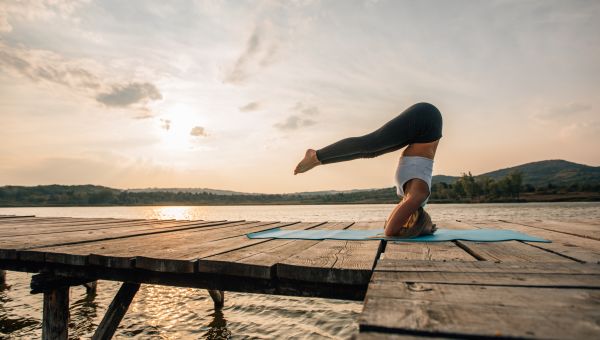
Ashtanga Yoga
What it is: Ashtanga yoga is a series of six set sequences. They’re sometimes led Mysore-style (named after a place in India where the style’s founder taught), where each student works on the poses he or she has been given by the instructor. Ashtanga series are vigorous.
Who it’s for: Someone looking for an intense physical workout with little variation in postures.
Keep in mind: This is one of the most physically demanding styles of yoga that you can do. Be prepared for a workout, and know your limits.
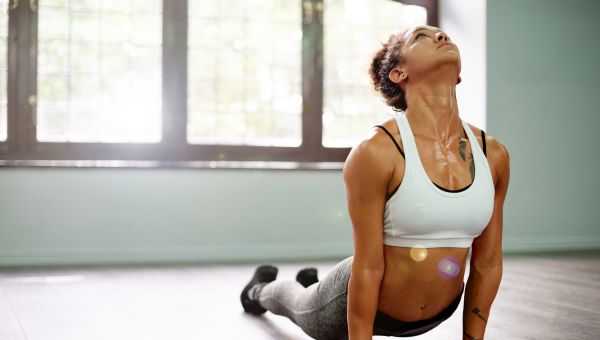
Bikram Yoga
What it is: Get ready to sweat! Bikram yoga, like Ashtanga, is a set series of postures, but here’s the catch: it’s practiced in a room heated up to 105°F. There are 26 postures that are cycled through during a 90-minute class. The style is named after its founder, Bikram Choudhury.
Who it’s for: Anyone looking for some heat and to follow the same sequence of postures in every class.
Keep in mind: With the heat turned up, it’s important to stay hydrated. You also have to be mindful not to go too deep in a pose, especially if you’re really flexible. The heat can help you stretch beyond your capabilities, leading to injury.
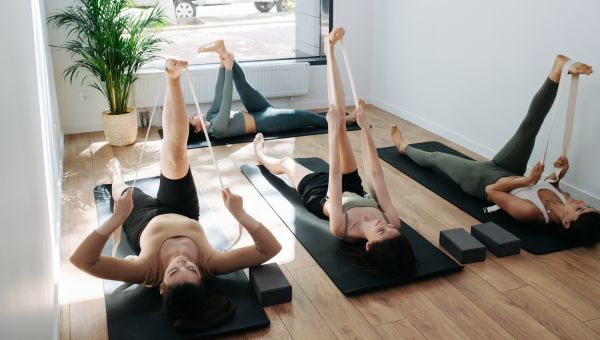
Iyengar Yoga
What it is: Ever see someone doing yoga while holding onto a strap or balancing on a block? There’s a good chance that person is doing Iyengar. Iyengar yoga is all about proper alignment, and research shows it can help ease lower back pain. Not only are props like straps, blocks and bolsters useful, in Iyengar they may be necessary if you lack the strength or flexibility to get into and hold a pose on your own.
Who it’s for: Anyone who wants to try new poses but needs some support to do them safely.
Keep in mind: Using props isn’t cheating—you still get a workout! Don’t let your ego get in the way of holding a pose correctly.
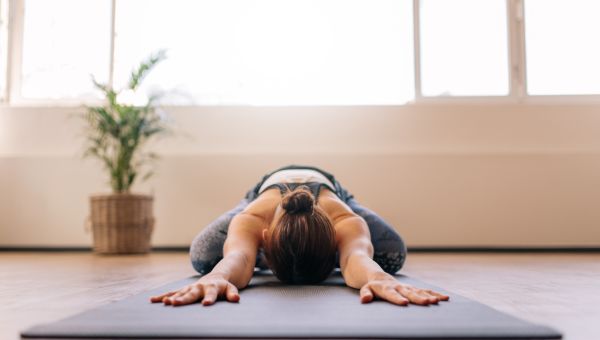
Restorative Yoga
What is it: If a friend has ever described her yoga practice as relaxing, she might be talking about restorative yoga, which is characterized by relaxing poses held for long periods. It’s a yoga of surrender; relax, and let gravity take over.
Who it’s for: People who work out hard off the mat and need to rest their body, and anyone who needs to relax. Restorative yoga is safe for anyone, even people who can’t lie on a mat. Poses can be done in a chair.
Keep in mind: Whereas a lot of other yoga styles are physically taxing, restorative yoga is a workout for your mind. Prepare to hold poses for five minutes or longer.
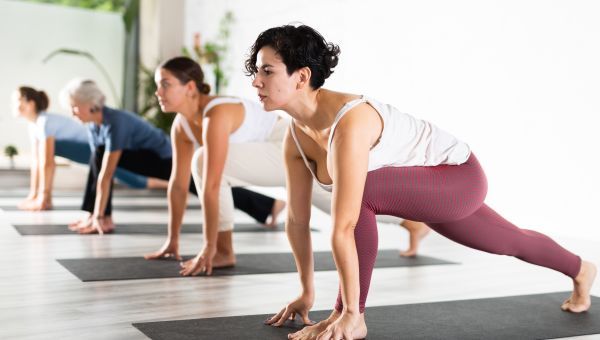
Vinyasa Yoga
What it is: Vinyasa means move or position in a certain way, and depending on the teacher it can be the most creative style of yoga. Breath and movement are inextricably linked. There’s no set sequence like in Bikram or Ashtanga, so the instructor may vary the poses and sequences during class.
Who it’s for: Creative types, and anyone looking for a degree of spontaneity and movement from their yoga practice. A vinyasa practice can be strenuous or mellow, depending on the poses, sequences and pace.
Keep in mind: Vinyasa is heavily dependent on where a teacher will lead you. If you’re new to yoga, sign up for a beginners or all-levels class.
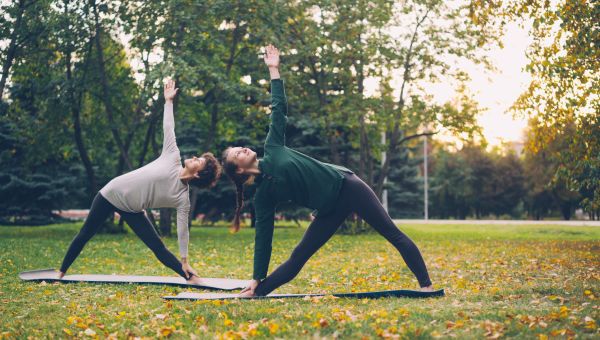
Hatha Yoga
What it is: This is an umbrella term used for any form of yoga that teaches physical postures, called asanas. The majority of yoga classes taught outside of India are hatha. Typically, hatha yoga is more relaxing than strenuous and incorporates basic yoga poses and breathing.
Who it’s for: This style is a good choice for people new to yoga.
Keep in mind: Because hatha is usually gentle, consider another style if you’re looking for more of a workout.
More On


video

article
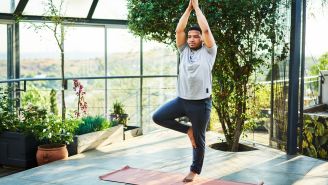
slideshow

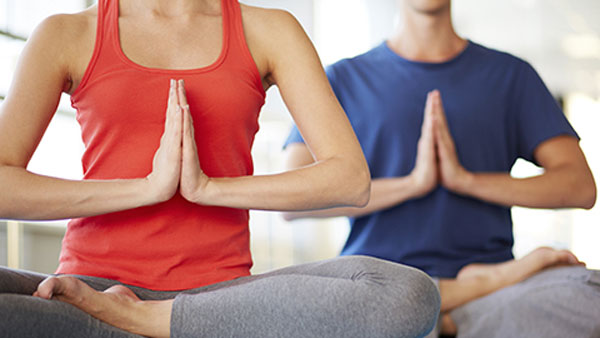
video


video
